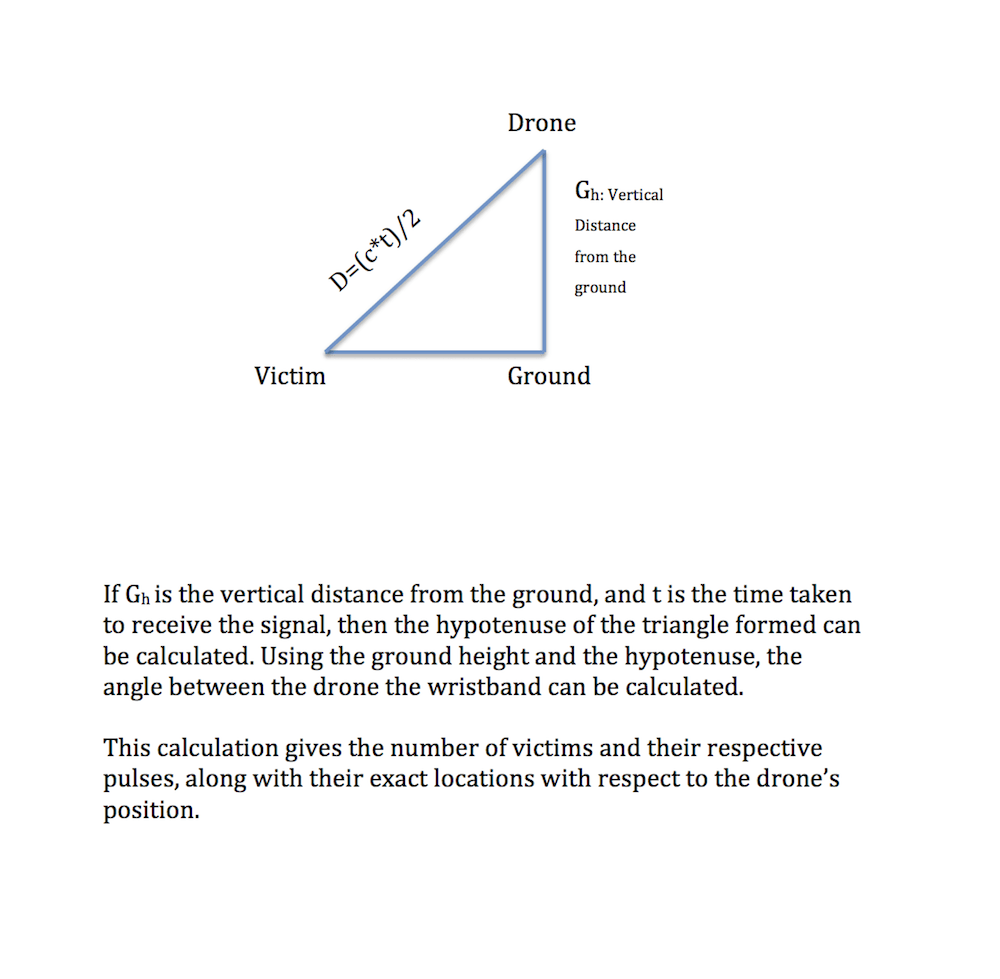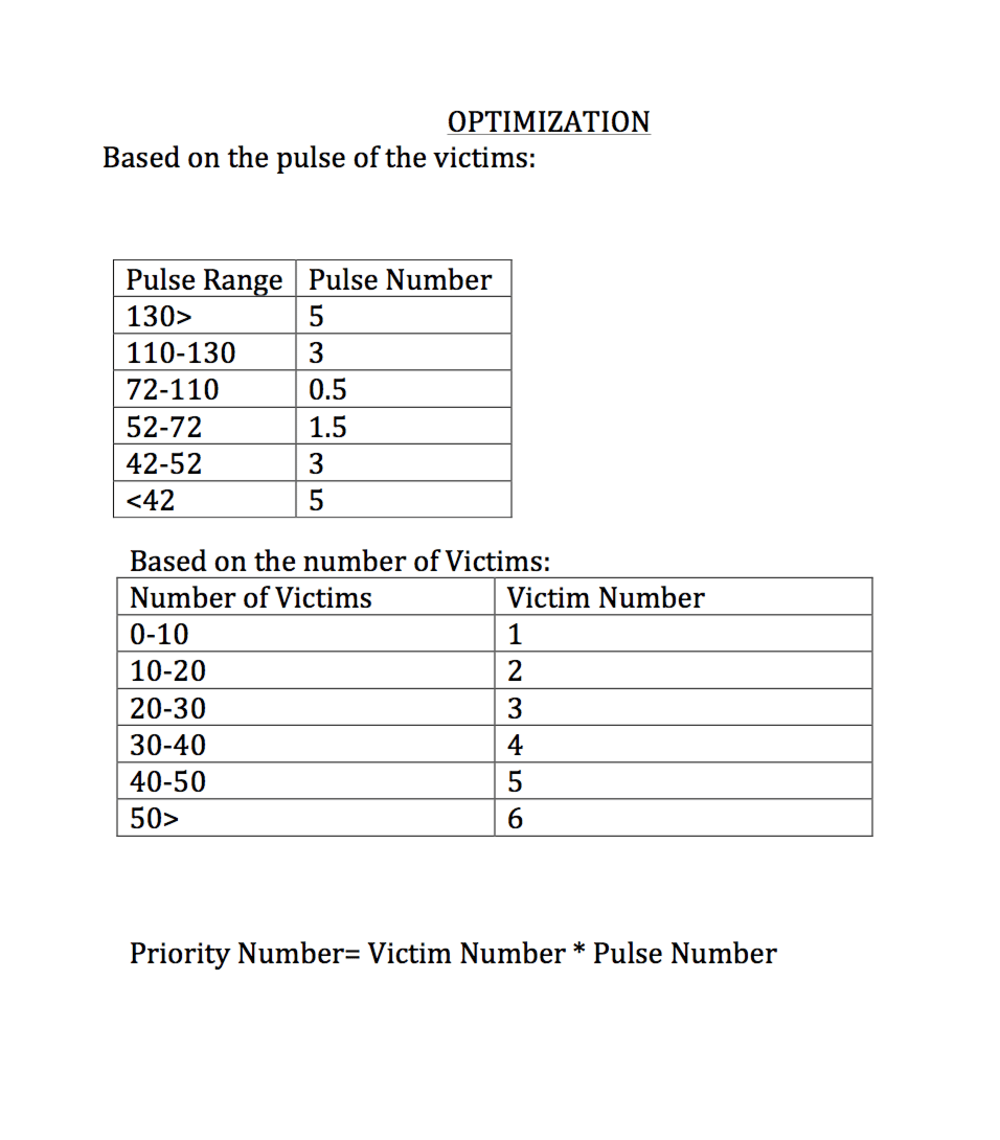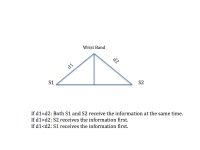To aid rescue operations for victims trapped under rubble in the aftermath of an earthquake, a wristband will be used, which upon activation, will measure the pulse of the victim and transmit it through a set of drones hovering over the affected areas to a central database. Based on this information, rescue teams will be directed to the worst hit areas faster and save more lives.
The steps involved are:
1. Activation:
The wristband requires activation when a victim gets trapped under rubble. Drones will do this. Consider a single drone hovering over an area affected by an earthquake. It will emit a 13-bit ID sequence, which will be converted to an ultrasonic frequency using a Digital to Analog Convertor (DAC), which will match the resonant frequency of the transducer in the wristband. At this frequency, an analog electrical signal will be generated which will be converted to a 13bit ID sequence using an Analog to Digital Convertor (ADC). This ID sequence initiates discharge from the battery, thus activating the wristband.
A set of drones will be used to hover over the affected areas. Each drone will hover over an area for a duration of five minutes and then move onto the next area. The drones will recirculate over the same area every hour and transmit the pulse of the victims each time.
2. Pulse Measurement:
A piezoelectric material will be used to measure the pulse for a period of five seconds. The recorded values will be processed in the microcontroller and multiplied by 12 to get the pulse rate.
3. Transmission:
Transmission is carried out in two steps:
A lightweight transmitter with a range of 500-700 meters will transmit the pulse from the victims to the hovering drone.
The drone will be enabled with an in built GPS system, which gives its precise location to the incoming rescue teams. It will receive this information and transmit it to a central database of the local Disaster Management Authorities. The method of reception of the information by the drone from the victims is shown in the figures 1 and 2.
Each drone will have four sensors at its vortices to receive the information transmitted by the wristbands. Each time the drone crosses an area its system refreshes.
4. Recharge:
For long duration transmission of pulses to the rescue teams, a recharge system needs to be devised. This can be done in one of two ways:
The piezoelectric material uses the pulse of the victims to recharge.
Or:
A small rotating pendulum can be attached to a large gear, meshed to a small pinion, which is further coupled to a small electric generator. This enables the battery to get recharged from any movement of the wrist.
5. Optimization:
A priority number is assigned to each affected zone, which indicates the areas that need immediate help, based on two factors: the number of victims and their pulse rate. The higher the priority number, the faster the rescue teams are directed towards those zones.
Like this entry?
-
About the Entrant
- Name:Anushka Goyal
- Type of entry:teamTeam members:Shahana Sharif
Aniketh Jain
Anushka Goyal - Patent status:none








